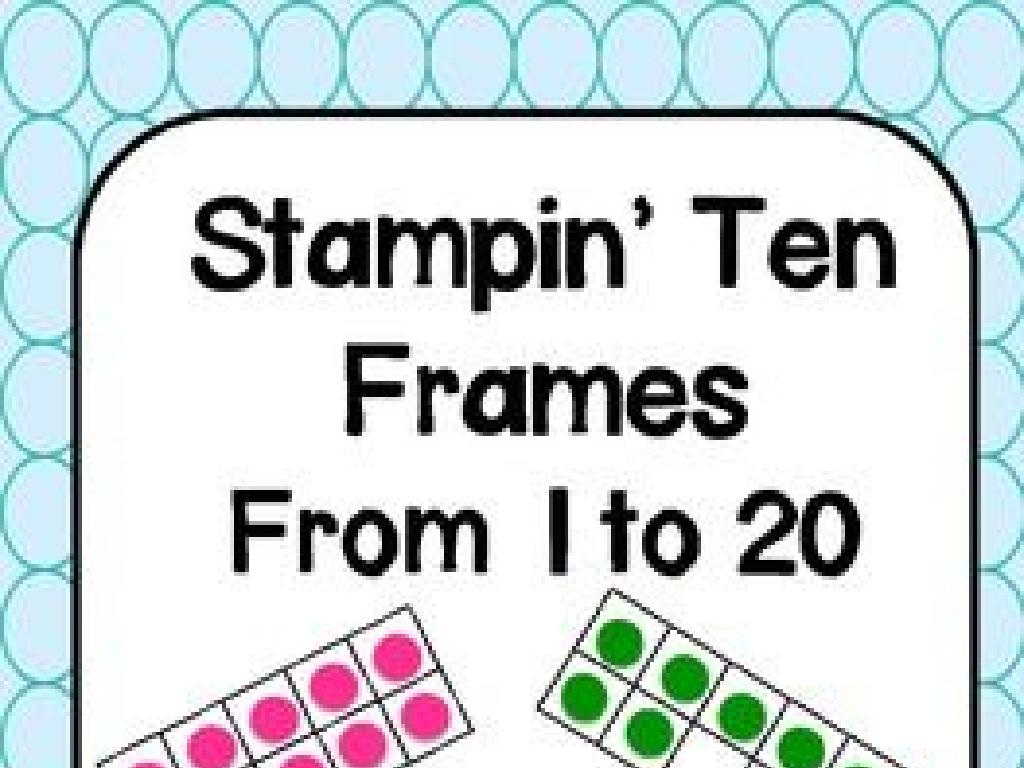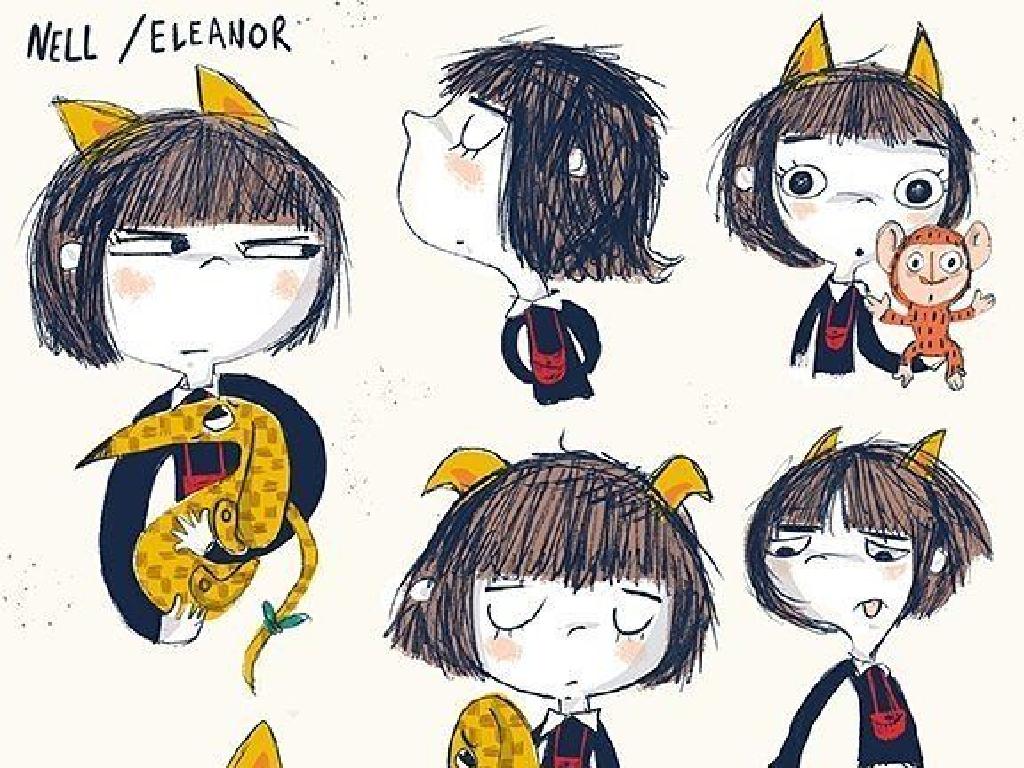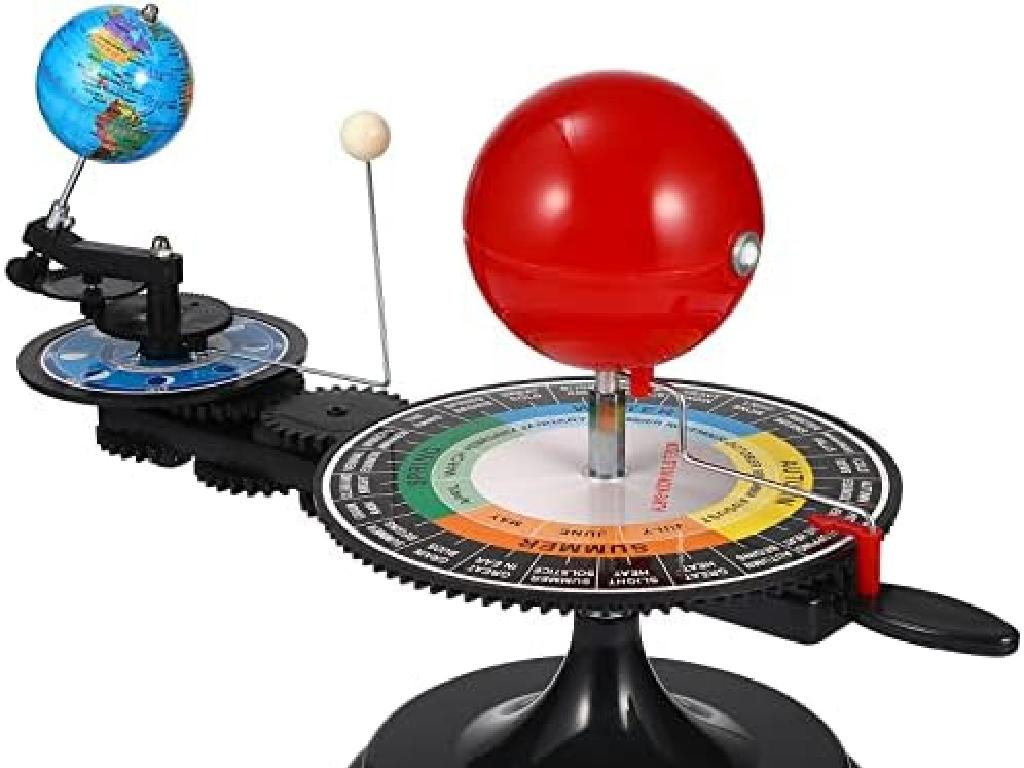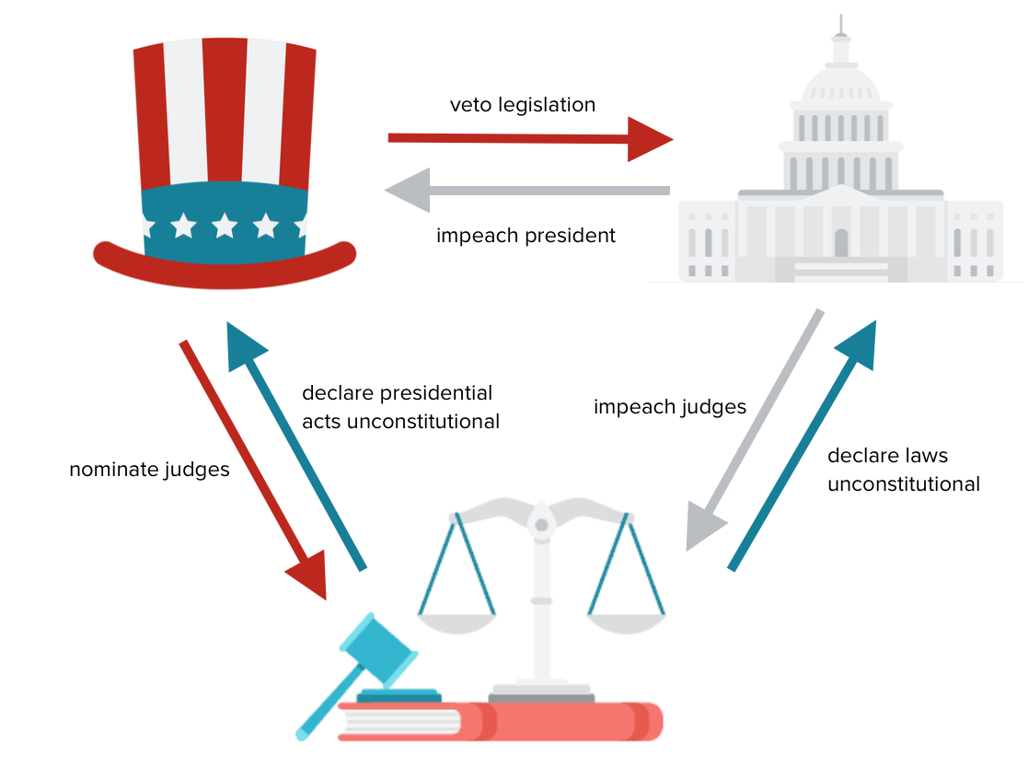Compare Two Texts With Different Genres
Subject: Language arts
Grade: Eighth grade
Topic: Comparing Texts
Please LOG IN to download the presentation. Access is available to registered users only.
View More Content
Comparing Texts Across Genres
– Understand various genres
– Genres include fiction, non-fiction, poetry, etc.
– Learn to compare different texts
– Look at themes, settings, characters across genres
– Grasp the importance of comparison
– Comparing develops critical thinking and analytical skills
– Engage with diverse reading materials
|
This slide introduces students to the concept of comparing texts across different genres. Start by explaining what a genre is and provide examples such as fiction, non-fiction, poetry, and drama. Emphasize that comparing texts involves examining similarities and differences in themes, settings, characters, and plot. Discuss how this skill is crucial for developing critical thinking and analytical skills, which are applicable beyond literature analysis. Encourage students to think about the value of diverse reading materials and how they can offer various perspectives on similar topics or themes.
Genres Overview: Understanding Differences
– Define literary genre
– A category of literature with shared style or theme
– Explore genre examples
– Fiction, non-fiction, poetry, drama, etc.
– Discuss genre characteristics
– Plot, setting, tone, language, and purpose vary by genre
– Compare genres
|
This slide introduces students to the concept of literary genres, which are categories of literature that share similar styles, themes, or formats. Begin by defining what a genre is and then provide examples of different genres, such as fiction, non-fiction, poetry, and drama. Discuss the unique characteristics of each genre, including differences in plot structure, setting, tone, language, and the author’s purpose. Encourage students to think about why an author might choose one genre over another and how that choice affects the way we interpret their work. This will set the stage for comparing texts from different genres, helping students to understand how genre influences the reader’s experience.
Comparing Texts Across Genres
– Analyze themes, settings, characters
– Themes: central ideas; Settings: time/place; Characters: people, animals, or figures
– Examine plot and conflict differences
– Plot: events sequence; Conflict: challenges faced
– Assess author’s purpose and perspective
– Purpose: reason for writing; Perspective: author’s viewpoint
|
This slide aims to guide students through the process of comparing two texts from different genres. Students should look at how themes are presented and whether they are similar or differ across genres. They should consider how the setting influences the story and how characters from different genres can be contrasted. Additionally, students should analyze the plot structure and the types of conflict present in each text. Finally, understanding the author’s purpose for writing and their perspective can provide insights into why each text was created and how the genre influences these elements. Encourage students to use specific examples from the texts to support their comparisons.
Comparing Fiction and Non-Fiction Texts
– Define Fiction vs. Non-Fiction
– Fiction: imagined stories. Non-Fiction: factual information.
– Identifying text genres
– Look for story elements or factual evidence.
– Novel vs. Biography comparison
– Compare character development in a novel with real-life events in a biography.
– Analyzing genre characteristics
– Discuss narrative style, structure, and purpose.
|
This slide aims to help students understand the fundamental differences between fiction and non-fiction texts and how to identify them. Fiction texts are made-up stories created from the author’s imagination, often with a focus on character development and a narrative arc. Non-fiction texts are based on facts, real events, and real people. To illustrate, compare the character development in a novel, which is crafted for storytelling, to the presentation of real-life events and experiences in a biography. Encourage students to analyze the narrative style, structure, and intended purpose of each genre. This comparison will enhance their critical thinking skills and their ability to discern the nuances between different types of texts.
Analyzing Text Structure Across Genres
– Understand different text structures
– Text structure refers to how information is organized in a passage.
– Compare structures in various genres
– Notice how a poem’s structure differs from a news article’s layout.
– Activity: Analyze paired texts
– Find structural elements in two different genre texts and discuss.
|
This slide aims to introduce students to the concept of text structure and its importance in different genres. Start by explaining common text structures like cause and effect, compare and contrast, sequence, etc. Then, discuss how these structures can vary across genres, such as poetry, fiction, and non-fiction. For the activity, provide students with paired texts from different genres and ask them to identify and compare the structures used. This will help them understand how structure affects the reader’s interpretation of the text. Possible activities include comparing a narrative to an expository text, a poem to a newspaper article, or a biography to a fantasy story. Encourage students to justify their reasoning during discussions.
Language and Style in Different Genres
– Explore how language sets tone
– Tone can be humorous, serious, or ironic based on word choice and language.
– Contrast style across genres
– Genres like poetry and news articles differ in structure, diction, and rhythm.
– Activity: Analyze texts’ language and style
– Compare a poem and a newspaper article to identify differences in language and style.
– Discuss findings with the class
|
This slide introduces the concept of how language and style contribute to the tone and feel of a text. Students will learn that the choice of words, sentence structure, and overall language use can convey different emotions and messages. They will explore how these elements vary between genres, such as the figurative language often found in poetry versus the factual tone of journalism. The activity involves students selecting two texts of different genres and analyzing the language and style used in each. They should focus on identifying specific elements that characterize each genre and how these contribute to the reader’s experience. After the analysis, students will prepare to present their findings to the class, fostering a discussion on the impact of language and style in literature.
Class Activity: Compare and Contrast Texts
– Select two texts of distinct genres
– Find similarities and differences
– Consider themes, settings, characters, and language
– Document your observations
– Use a Venn diagram or a chart to organize
– Present findings to the class
|
This activity is designed to enhance students’ analytical skills by comparing texts from different genres. Provide a selection of texts for students to choose from, ensuring a variety of genres are available. Encourage them to look beyond the surface and examine thematic elements, settings, character development, and use of language. They should document their observations, possibly using graphic organizers like Venn diagrams. Finally, students will present their findings to the class, fostering public speaking skills and peer learning. Offer guidance on presentation skills and ensure each student or group has equal time to share their insights.
Conclusion & Reflection on Text Comparison
– Recap of comparing texts
– Why text comparison matters
– Understanding different perspectives and critical thinking
– Share your insights
– Discuss what stood out to you in today’s lesson
– Reflect on today’s learning
– Think about how this skill applies outside the classroom
|
As we wrap up today’s lesson, it’s important to revisit the key points we’ve covered about comparing texts across different genres. Emphasize the value of this skill in everyday life, such as analyzing news articles, understanding different viewpoints, and enhancing critical thinking. Encourage a class discussion where students can share their own takeaways from the lesson. Ask them to reflect on how the ability to compare texts can be useful in other subjects and real-world situations. This will help solidify their understanding and appreciate the relevance of what they’ve learned.






